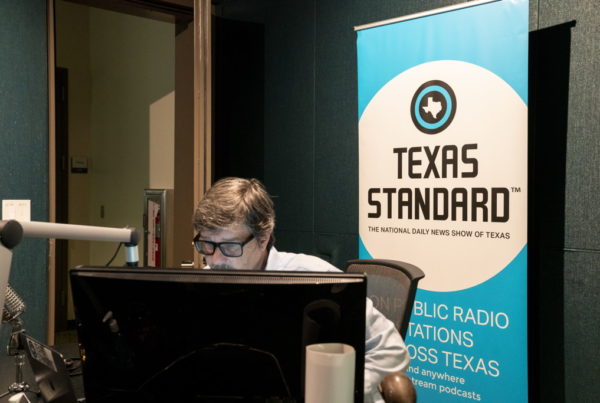A new investigative report finds that each day, airlines lose or damage 29 wheelchairs or electric scooters used by people with disabilities. And new data released this week by the U.S. Department of Transportation shows nearly 8,000 mobility aids were damaged or lost in the first nine months of this year.
Jayme Fraser’s series, “Flying While Disabled,” recently appeared in Gannett newspapers. She says airlines are required to pay for the cost of damage to wheelchairs or other mobility aids, but the reimbursement process can often take months.
“Some travelers simply don’t have that time,” Fraser says. “If you’re relying on this [equipment] to get from A to B to do your job, to get your kids to school in the morning, you can’t be without your ‘legs,’ so to speak, for weeks or months.”
Fraser says airlines have sometimes refused to pay for repairs, and that the Department of Transportation often hasn’t enforced the rules.
Airlines estimate the rate of mobility equipment damage at 1% to 3%, Fraser says – a seemingly low rate, unless the problem affects you or someone you know.
“Another way to look at it is, every time you fly, that risk compounds,” Fraser says. “So, a single flight, you might have a 1.6% risk, but if you take four flights … your risk is 6%.”
Flying once a month for work raises the risk of a damaged wheelchair up to 32%.
Fraser says airlines are exempt from the Americans with Disabilities Act. Instead, they’re covered by the Air Carrier Access Act. Standards of accessibility for air travel are different than anywhere else in the transportation system. Federal officials have not required airlines to report the number of lost or damaged mobility aids until 2018.
“There are lots of folks in the disability community that … think it’s just a lack of appreciation for the seriousness of these devices,” Fraser says. “Or just misunderstanding about how delicate or fragile it can be.”
Fraser says a new federal committee will be examining whether allowing passengers with disabilities to fly while seated in their wheelchairs would be feasible or safe.
Written by Shelly Brisbin.















